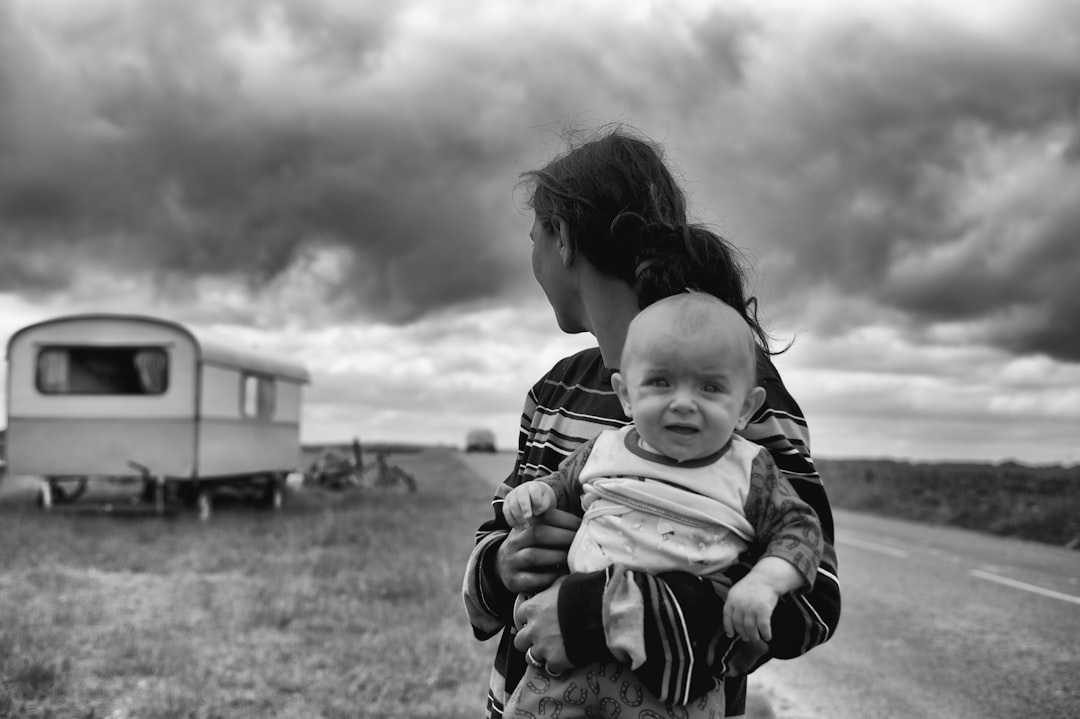What is it about?
There is little research on individuals who hold intersectional sexual and gender diverse identities. The scarcity of research is even more pronounced among asexual individuals. The present study sought to analyze experiences associated with holding an asexual identity and experiences related to romantic orientation and other cultural identities of study participants who identified as asexual and transgender and gender diverse (TGD). The aim associated with analyzing these experiences was to identify themes associated with existential concerns. 300 participants between the ages of 18 and 70 years old (M = 26.27; SD = 7.86) completed an open-ended questionnaire, and responses were analyzed using thematic analysis. Ten major themes were identified: connection versus isolation; communication; romantic attraction as a continuum; connection between attraction and gender identity; primary and secondary attraction; compulsory sexuality and sexual safety; freedom of choice; threats, discrimination, and stereotypes; sense of identity; and asexuality as a transitional identity. Findings suggest that the identified themes align with previous quantitative research findings related to asexual and TGD communities. The findings of the present study also align with the existential concerns of isolation, meaning, freedom, death, and identity. Participant experience of the polarities associated with existential concerns appears dependent on the gender, sexual, and romantic identities of participants and the participants existing in an allonormative and cisgenderist social context. Implications for practice and research associated with the themes and their associated existential concerns are discussed.
Featured Image

Photo by Alexander Grey on Unsplash
Why is it important?
To better serve marginalized populations, the present study extends research on existential concerns to help psychologists understand the unique themes reported by those who are intersectionally asexual and transgender and gender diverse (TGD). The findings presented in this study could inform efforts to reduce the impact of minority stress and improve protective factors, thereby improving treatment outcomes for intersectional asexual and TGD clients.
Read the Original
This page is a summary of: Intersectional asexual and transgender and gender diverse identity and existential concerns: A thematic analysis., The Humanistic Psychologist, December 2023, American Psychological Association (APA),
DOI: 10.1037/hum0000346.
You can read the full text:
Resources
Contributors
The following have contributed to this page










